


1 Policy Background
On October 16, 2022, General Secretary of the CPC Central Committee Xi Jinping pointed out at the 20th National Congress of the Communist Party of China that "comprehensively promote rural revitalization, and solidly promote the revitalization of rural industry, talent, culture, ecology, and organization" and "increase the protection of cultural relics and cultural heritage, and strengthen the protection and inheritance of history and culture in the urban and rural construction, as well as excellently build and use national cultural parks", which puts forward high requirements for both rural revitalization and cultural heritage protection.
2 Cultural Connotation and Heritage Value of the Traditional Villages
2.1 Cultural connotation of the traditional villages
2.1.1 Integral nature of traditional villages
The sky, earth, and human beings are indispensable for the formation of rich tangible and intangible heritage of traditional villages. Among them, sky and earth are objective factors that exist in reality and have difficulty in actively influencing things. Humen, on the other hand, are active and can create or change the surrounding environment through their own initiative. Therefore, the role of human beings is the most crucial for a traditional village to create a culture. While the formation and inheritance of cultural heritage are also closely related to human.
In the past, the study of traditional villages usually focused on the natural environment, morphology, structure, intangible heritage, material and other aspects, and proposed protection measures for different aspects. However, with the in-depth study of villages nowadays, more attention should be paid to the entirety of villages.
2.1.2 Evolution of human-land relationship in villages
Taking Zengchong Village in Guizhou Province as an example, the village is surrounded by great mountains with few agricultural lands. In this area, the cultivated land is very limited and dispersed, but it has abundant water, dense trees, and has an excellent natural environment. Throughout history, immigrants have entered and settled in this area, and as the population grew, the original villages were divided into several and moved around, forming their own characteristics in the process. At that time, the village was a sparsely populated area, and the natural environment was very unfavourable to people to cultivate and live, while the level of human productivity was also very low.
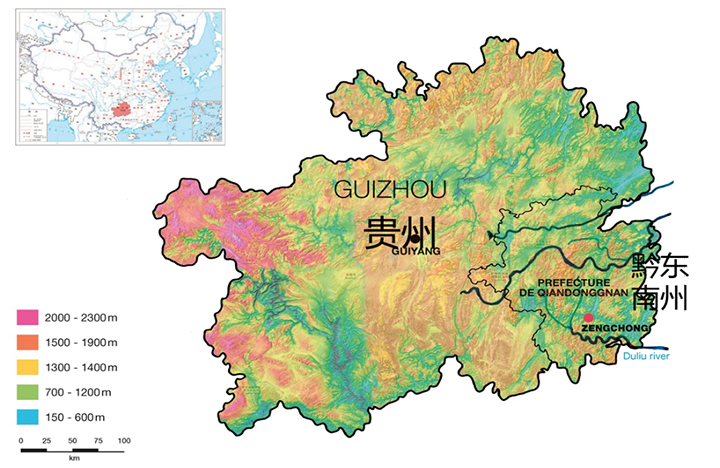
Figure 1: Natural conditions in Guizhou Province
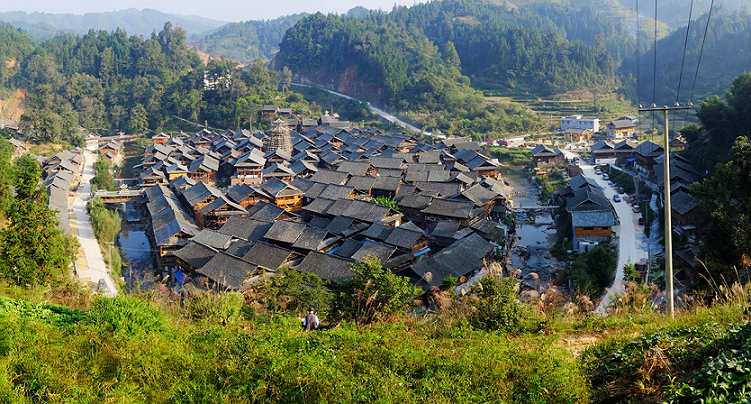
Figure 2: Aerial view of Zengchong Village
2.1.3 Local wisdom mediates human-land conflicts
Under the situation that people living in a sparsely populated area with few cultivated land, human beings satisfy their needs for survival and development through certain intelligent means. These demands mainly include three aspects: physiological needs, safety needs, social interaction and self-realization needs.
First of all, in order to satisfy the physiological needs, people have to generate facility and living places to ensure the food security and the basic security of life. In the aspect of food security, it will be through the construction of terraces, rice-fish-duck composite field, so as to form a kind of composite agricultural production system; in the place of living, since the land is very limited, the villagers build their houses high, so as to have different floors to carry different functions, and form a highly compact living style. In addition, all materials that can be encountered in the environment are fully utilized and recycled, forming a survival technique of making the best use of things.
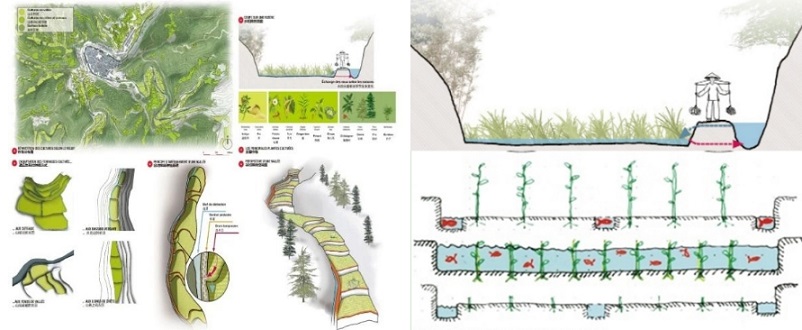
Figure 3: The composite farming system diagram
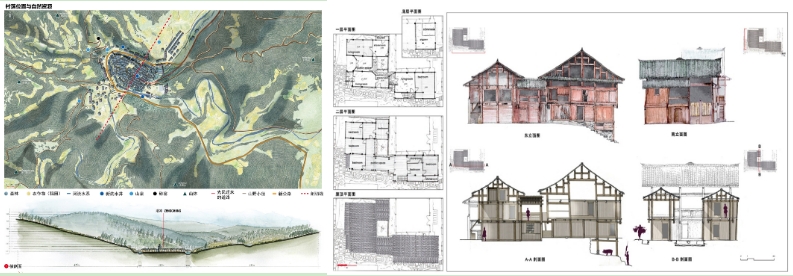
Figure 4: The site and typical residential houses of the Zengchong Village
On this basis, it is also necessary to satisfy security needs, such as realizing food security, prevention of natural and man-made disasters, and so on. The Dong villagers invented the granary, the guardian of food security, which can prevent fire, insect harm, and ensure grain drying and storage. In addition, in order to prevent natural disasters, the water ponds inside the village are connected through various canals, which play multiple roles of firefighting as well as flood drainage.
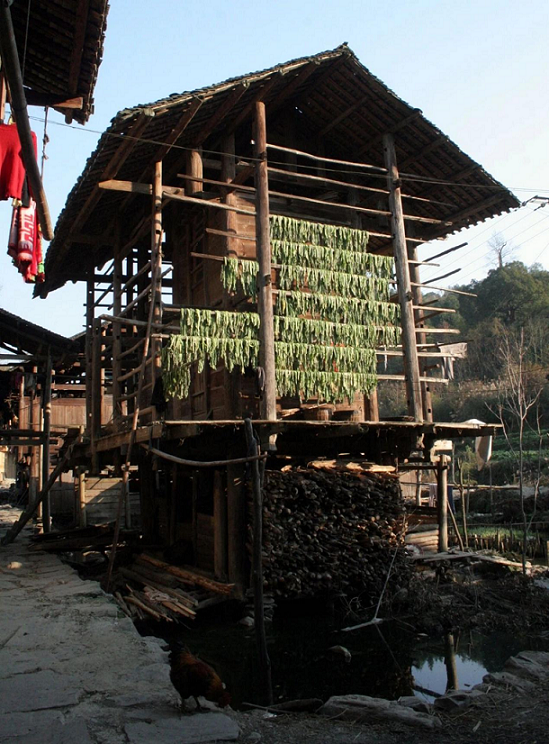
Figure 5: Granary in Dong Village

Figure 6: A series of water ponds around Zengchong village
Finally, they will also satisfy the needs for social interaction, respect and self-realization through some means of spatial construction. For example, there are various kinds of social interaction spaces within the villages, such as the public space enclosed by buildings forming a social space for daily communications, and the Drum Tower in the Dong villages has multiple functions such as deliberation, interaction, and setting up activities for festivals, and is also a symbol of the Dong villages, which brings about a strong sense of identity.

Figure 7: Daily interaction spaces in the village
We can see that Dong villages are not simply a collection of separate elements, but have a very rich internal logic. From Maslow's hierarchy of needs, under the limitation of the land, the relative balance between people and land is formed through vernacular wisdom to satisfy the various needs of people under the productivity conditions at that time.
To sum up, the cultural connotation of traditional villages contains three levels: the first level is material culture, i.e., the material products created by rural residents over a long period of time and the culture characteristics, such as rural landscapes, settlement landscapes, architecture, diet, local specialties, etc The second level is institutional culture, which refers to ethical morals and ritual norms agreed upon to maintain social stability and order, such as ritual culture, rural power system, etc. The third level is spiritual culture, which refers to the common psychological structure and emotional pattern of the countryside as a stable community, such as the values, the views on nature and life.
Author:Shao Yong,Deputy Secretary-General of Historical and Cultural Cities Planning Branch of the Urban Planning Society of China,Professor, College of Architecture and Urban Planning, Tongji University
Source:< https://mp.weixin.qq.com/s/sU0bvg02NdB3jM9SlPi7YA>
Translated by Zhang Chenxi